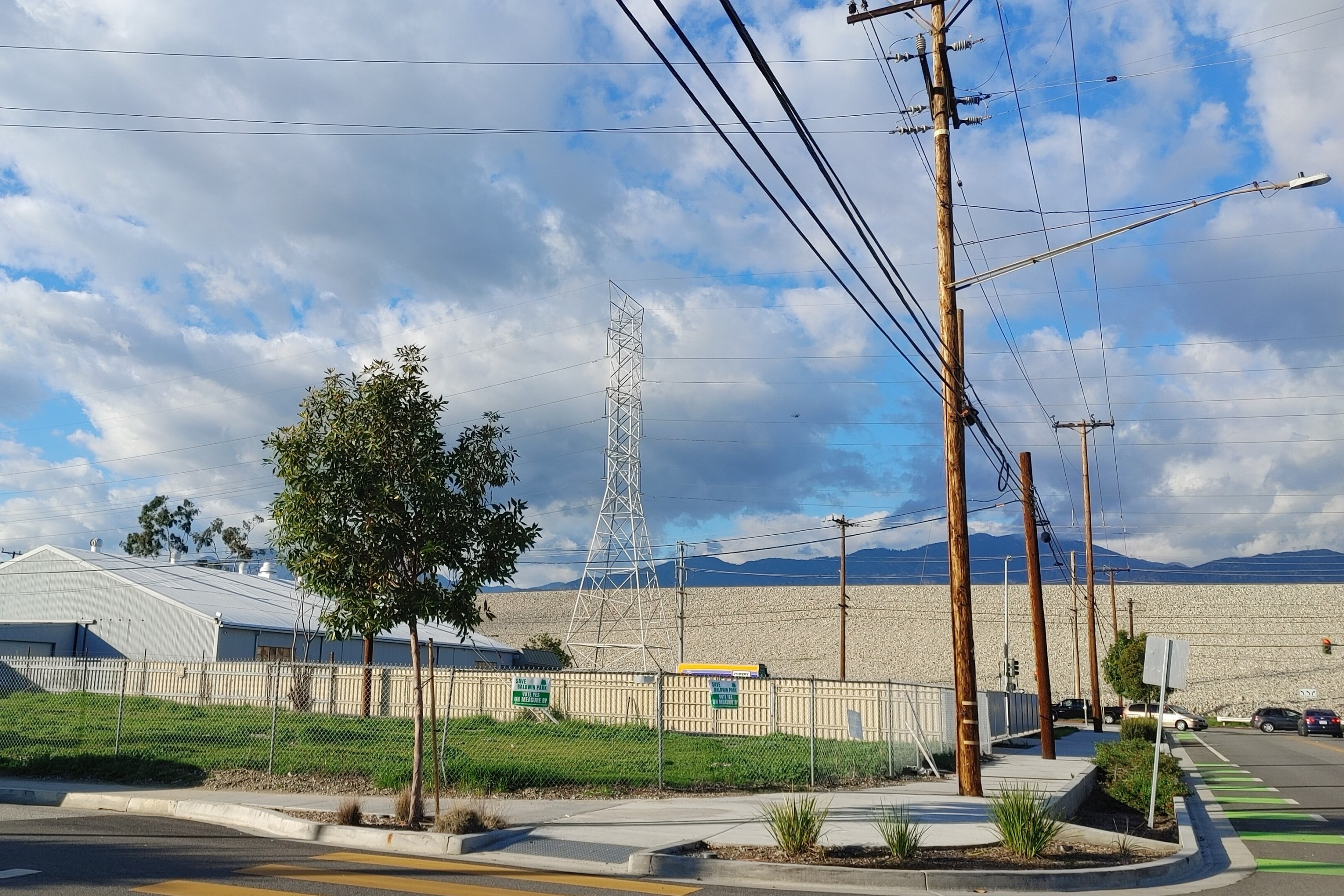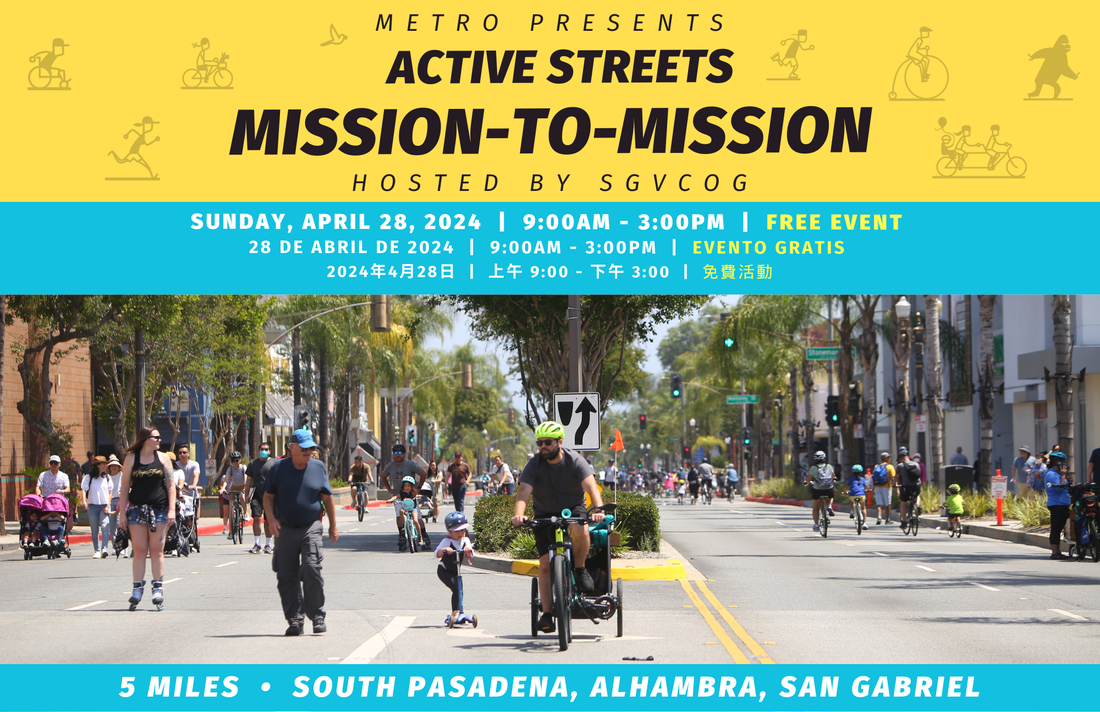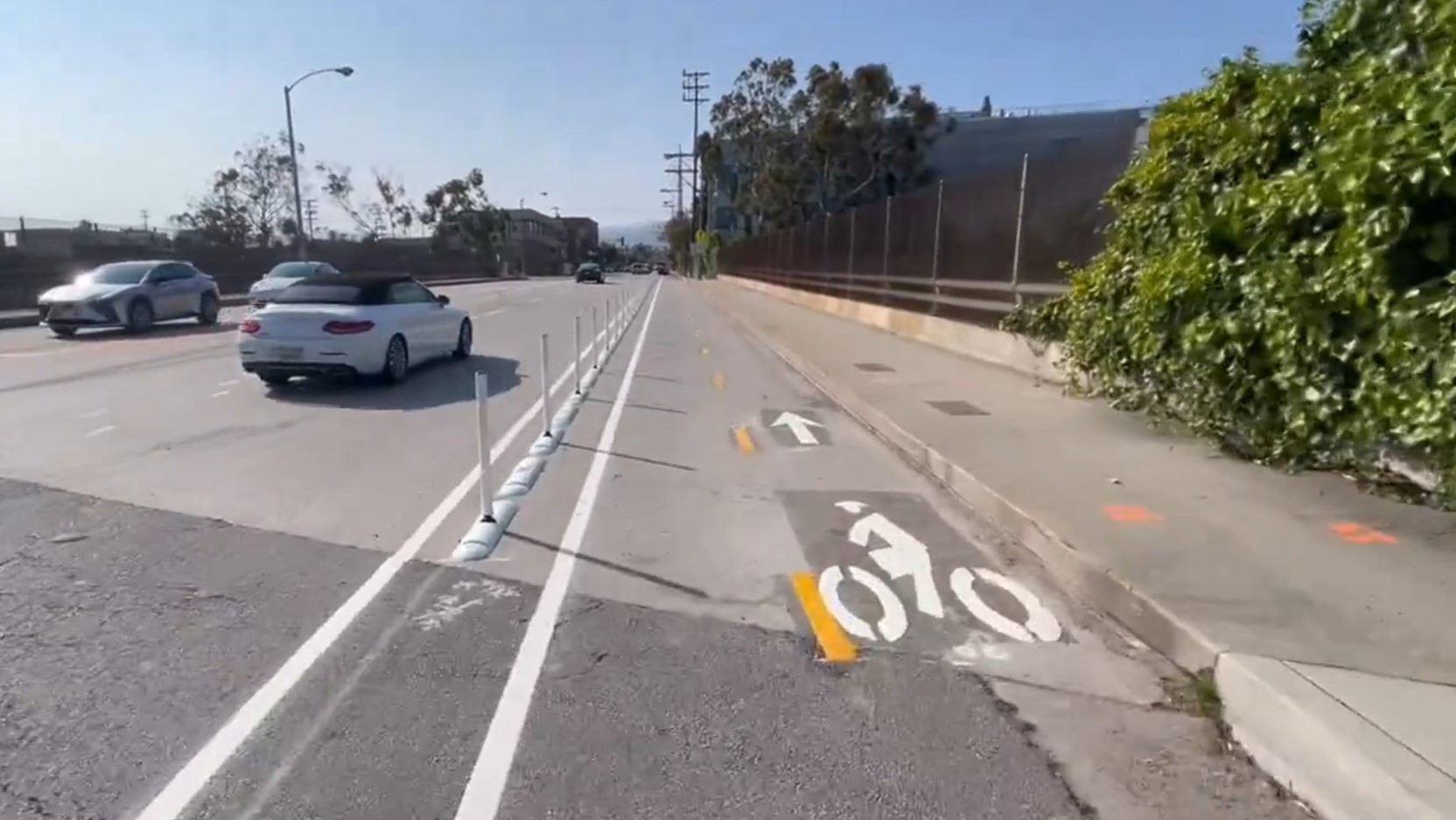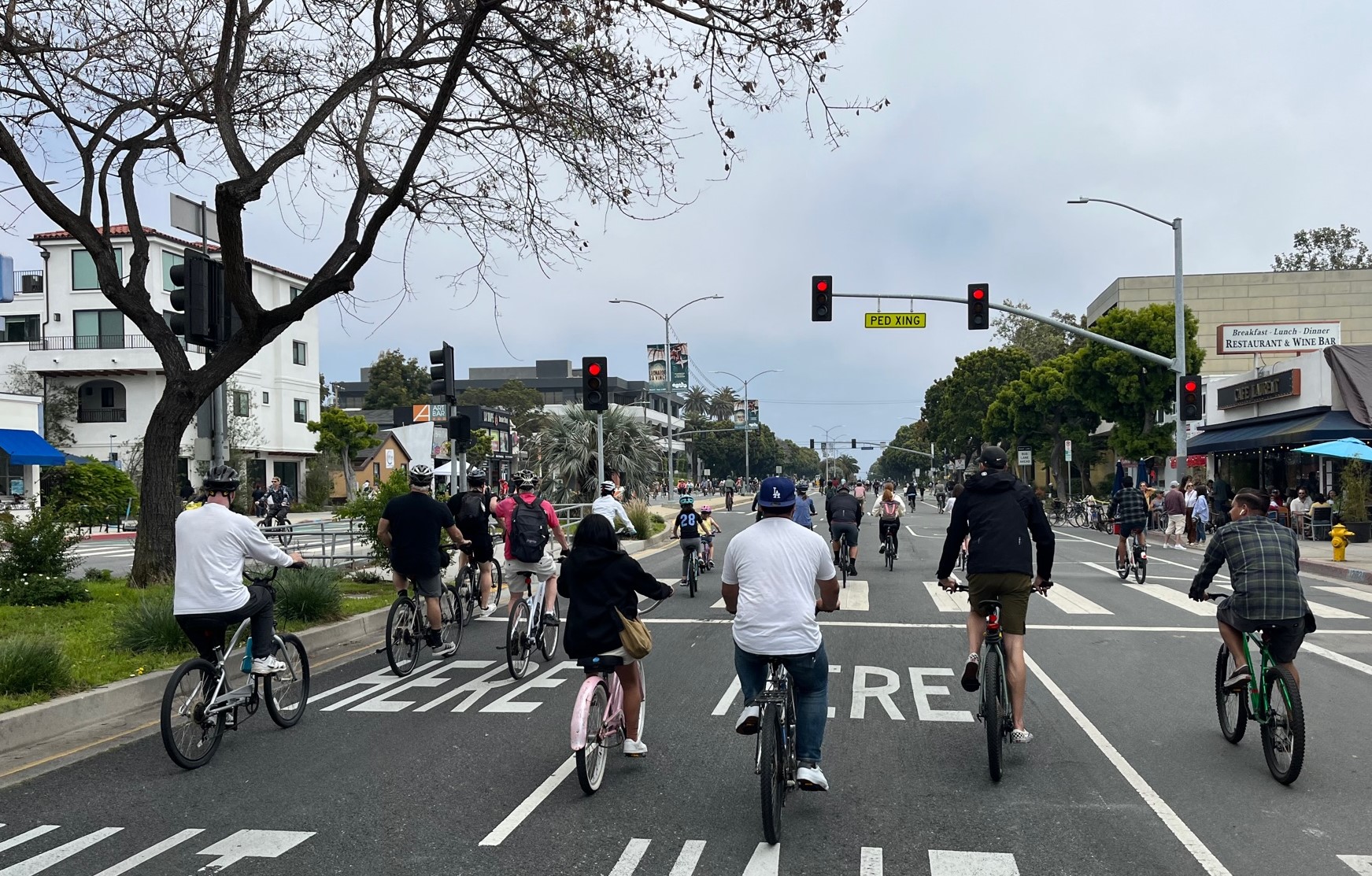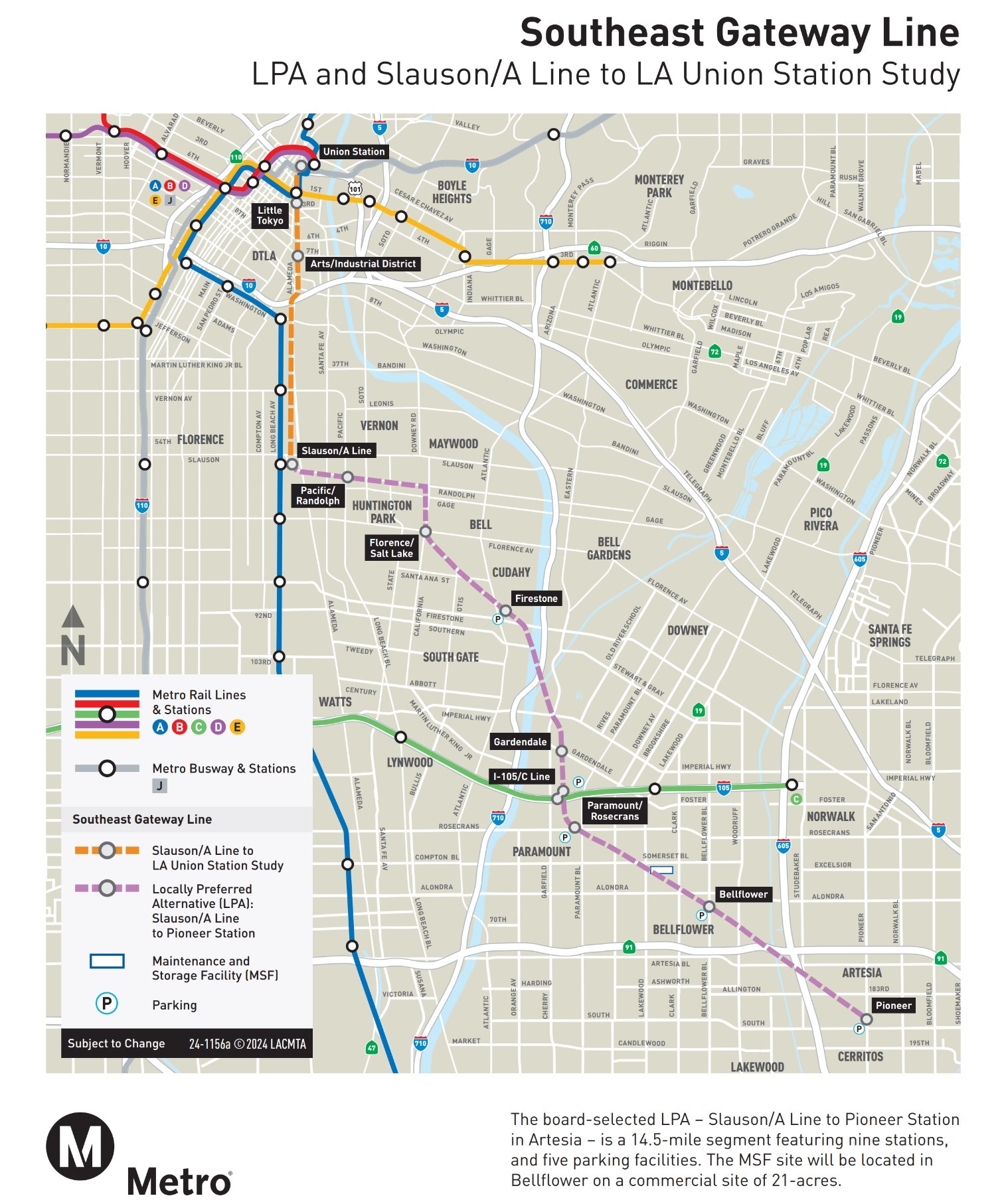 In an effort to improve safety and mobility for pedestrians and cyclists, Washington, DC has embarked on a number of livable streets reforms (market rate street parking), and is considering others (reclaiming auto-occupied street space for people). Though a recent article in the Washington Post casts these initiatives as a "war" against car commuters, it's clear that DC officials -- like those in many US cities -- are in fact acting to level the field following decades of auto dominance, and at a time when driving has become a more expensive, less desirable option.
In an effort to improve safety and mobility for pedestrians and cyclists, Washington, DC has embarked on a number of livable streets reforms (market rate street parking), and is considering others (reclaiming auto-occupied street space for people). Though a recent article in the Washington Post casts these initiatives as a "war" against car commuters, it's clear that DC officials -- like those in many US cities -- are in fact acting to level the field following decades of auto dominance, and at a time when driving has become a more expensive, less desirable option.
These realities are lost on many of the suburbanites quoted in the Post story, notably Northern Virginia Congressman James P. Moran Jr., who predicts the District's economy will dry up as its streets become more people-friendly (an argument also heard -- and ultimately rejected -- recently in San Francisco, of all places). But one out-of-town legislator has a more tempered view, and offered an insight that also rings true around these parts.
"You'd like me to lambaste the District, but we're all in the same boat," said Montgomery County Council member Nancy Floreen (D-At Large). "I am sympathetic to some of these initiatives. But the challenge is finding the right balance. Not everyone can ride Metro or walk to work."
She placed blame for the problem, in part, on the federal government, which offers many of its employees free parking in the city.
While DC can't stop the feds from giving away parking, it has launched its aforementioned market rate metering program for curbside space, even dedicating a good share of the proceeds to pedestrian and bike improvements. And with no far-flung authority to answer to, the District is free, for example, to use automated traffic enforcement, including red light and speeding cameras.
Left to its own devices to achieve its stated goal of encouraging transit use, biking and walking, it will be interesting to see how this major US city pulls it off, and what other cities, including ours, can learn from it.
Photo of crosswalk flags on Connecticut Ave by billadler/Flickr. DC has one of the highest pedestrian death rates among large US cities.
 In an effort to improve safety and mobility for pedestrians and cyclists, Washington, DC has embarked on a number of livable streets reforms (market rate street parking), and is considering others (reclaiming auto-occupied street space for people). Though a recent article in the
In an effort to improve safety and mobility for pedestrians and cyclists, Washington, DC has embarked on a number of livable streets reforms (market rate street parking), and is considering others (reclaiming auto-occupied street space for people). Though a recent article in the 